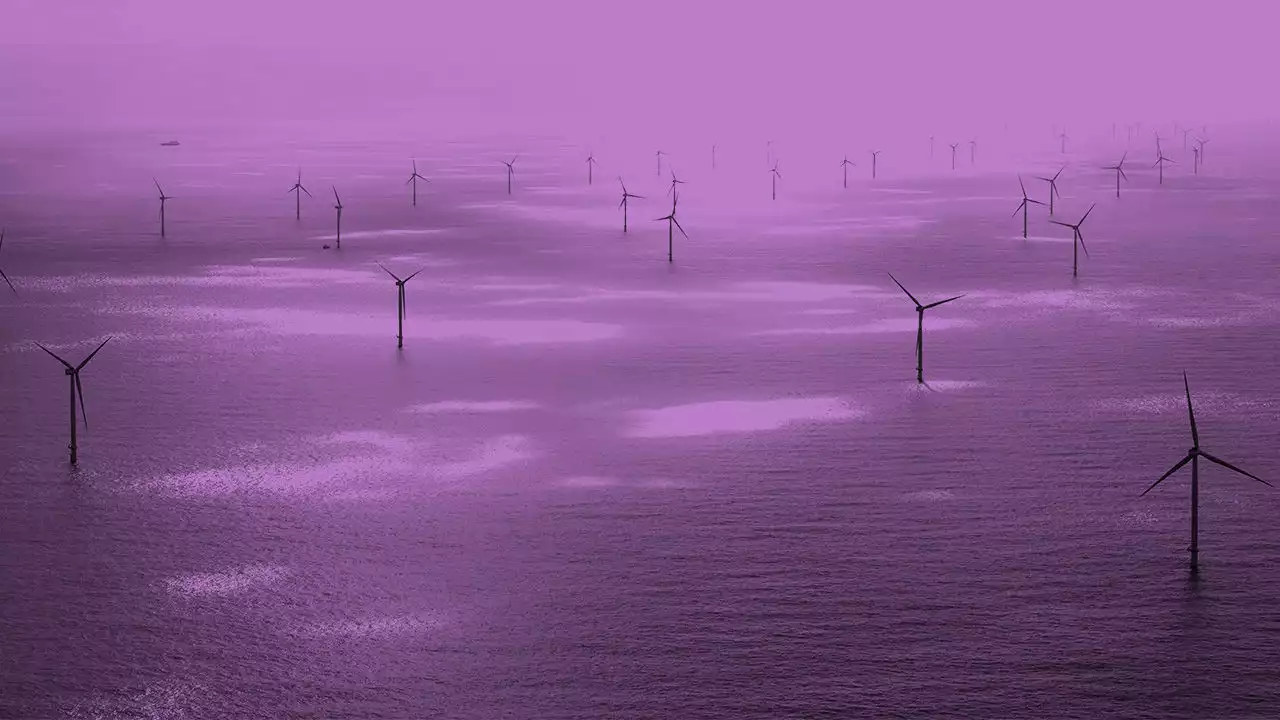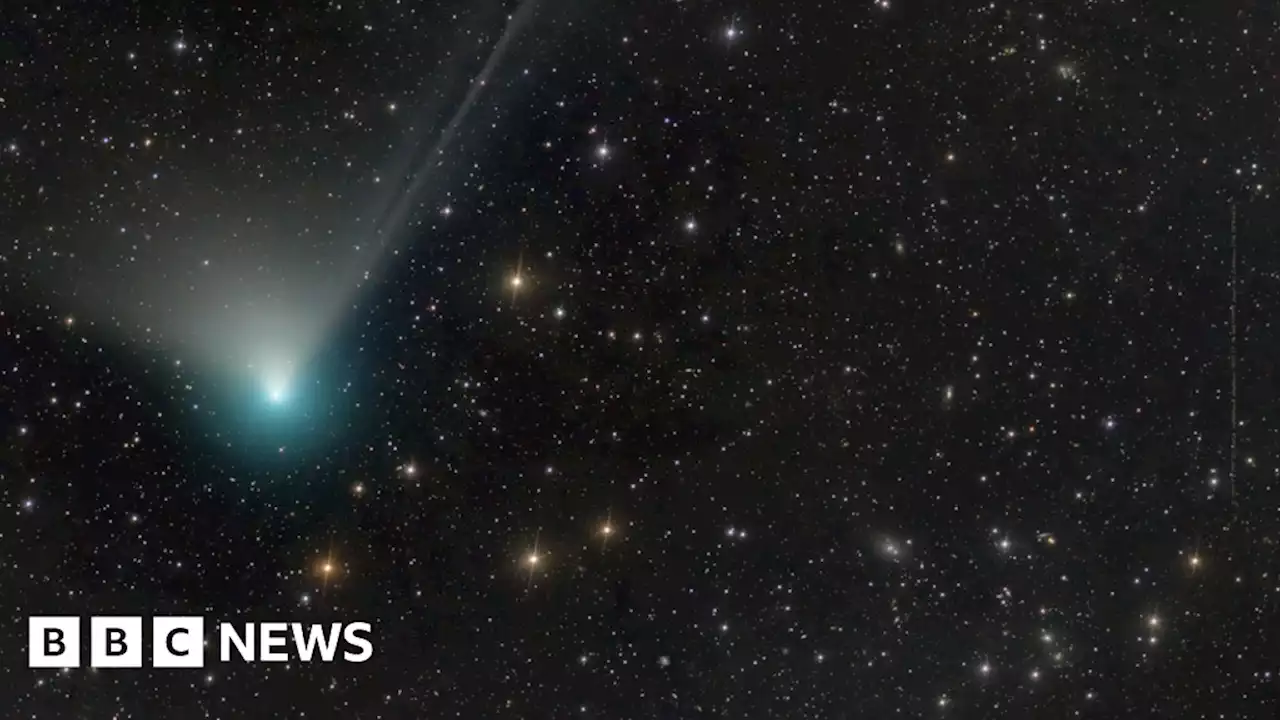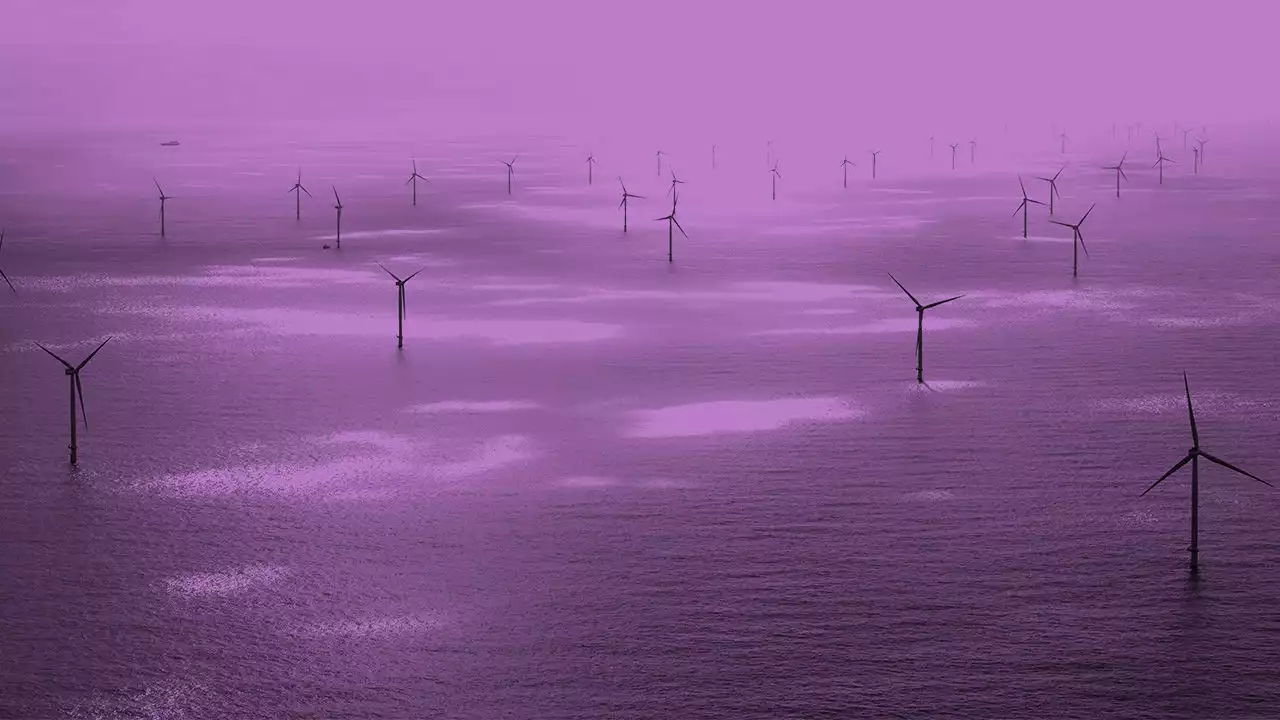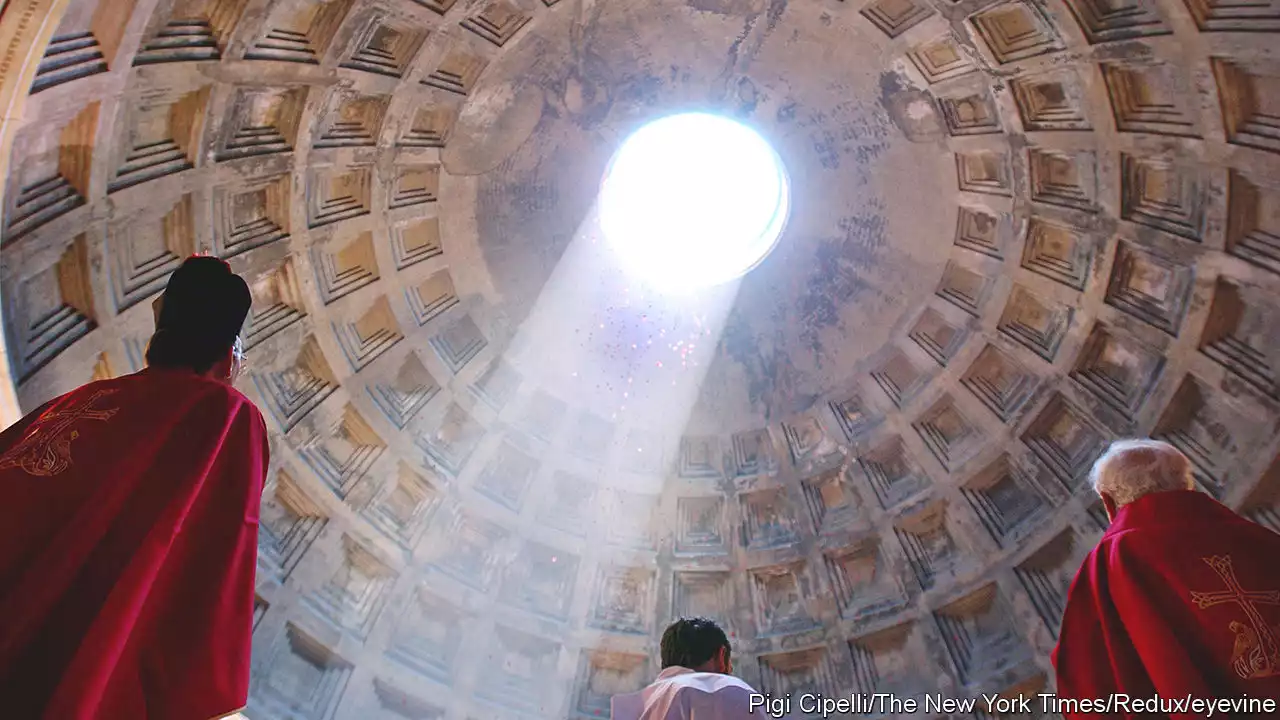The concrete used was self-healing and anachronistically green
Save time by listening to our audio articles as you multitaskRoman work of another sort has survived the centuries, too. “De Architectura” is a ten-book series by Marcus Vitruvius Pollio, an engineer and architect of the first century, who is believed by many scholars to have worked with Julius Caesar on some of his military campaigns. These volumes include various tips intended to ensure that buildings “don’t fall into ruins over a long passage of time”.
Part of the explanation lies in the volcanic rocks of areas such as the Alban Hills, south-east of Rome, and Pozzuoli, near Naples. These provided crucial ingredients. As Vitruvius himself describes, the cement Romans used to bind the aggregates of concrete was a mixture of lime and volcanic ash. The researchers studied how leucite, a potassium-rich volcanic mineral, dissolved in the water and reconfigured the chemical bonds between the cement and the aggregates, strengthening the interfaces between them, and making the whole structure more resilient.
The lime involved here was not the pure white powder described by Vitruvius. Rather, it was clumps a millimetre or so across that had failed to dissolve when the concrete was being prepared. Such clumps are often found in Roman concrete. Their role seems to have been as a reservoir of calcium carbonate for the processes of self-healing, permitting that material to be dissolved by seeping water admitted by tiny cracks and then re-precipitated in those cracks to seal them up.
United Kingdom Latest News, United Kingdom Headlines
Similar News:You can also read news stories similar to this one that we have collected from other news sources.
 Princess faces eviction from stunning Roman villa with Caravaggio muralRita Jenrette Boncompagni Ludovisi is locked in a bitter inheritance battle with her late husband's three sons over the fate of Casino dell'Aurora and its unique artwork.
Princess faces eviction from stunning Roman villa with Caravaggio muralRita Jenrette Boncompagni Ludovisi is locked in a bitter inheritance battle with her late husband's three sons over the fate of Casino dell'Aurora and its unique artwork.
Read more »
Half of green claims used to sell products in EU are misleading, Brussels finds\n\t\t\tKeep abreast of significant corporate, financial and political developments around the world.\n\t\t\tStay informed and spot emerging risks and opportunities with independent global reporting, expert\n\t\t\tcommentary and analysis you can trust.\n\t\t
Read more »
 How the North Sea’s bad weather is fuelling a new green economyOur podcast on markets, the economy and business. This week, how the region’s new economy based on renewable energy could give Europe an industrial edge
How the North Sea’s bad weather is fuelling a new green economyOur podcast on markets, the economy and business. This week, how the region’s new economy based on renewable energy could give Europe an industrial edge
Read more »
 Green comet approaching Earth for first time in 50,000 yearsScientists say the bright green comet will be visible in the night sky for almost a month.
Green comet approaching Earth for first time in 50,000 yearsScientists say the bright green comet will be visible in the night sky for almost a month.
Read more »
 How the North Sea’s bad weather is fuelling a new green economyA new economy based on renewable energy is taking shape in the North Sea. On this week’s “Money Talks”, MatthieuFavas, Tom Lee-Devlin, alice_fulwood and Birdyword examine whether it could give Europe an industrial edge
How the North Sea’s bad weather is fuelling a new green economyA new economy based on renewable energy is taking shape in the North Sea. On this week’s “Money Talks”, MatthieuFavas, Tom Lee-Devlin, alice_fulwood and Birdyword examine whether it could give Europe an industrial edge
Read more »
 Cromarty Firth and Forth to host first green freeportsThe UK and Scottish governments announce that Cromarty Firth and Forth bids have been successful.
Cromarty Firth and Forth to host first green freeportsThe UK and Scottish governments announce that Cromarty Firth and Forth bids have been successful.
Read more »
